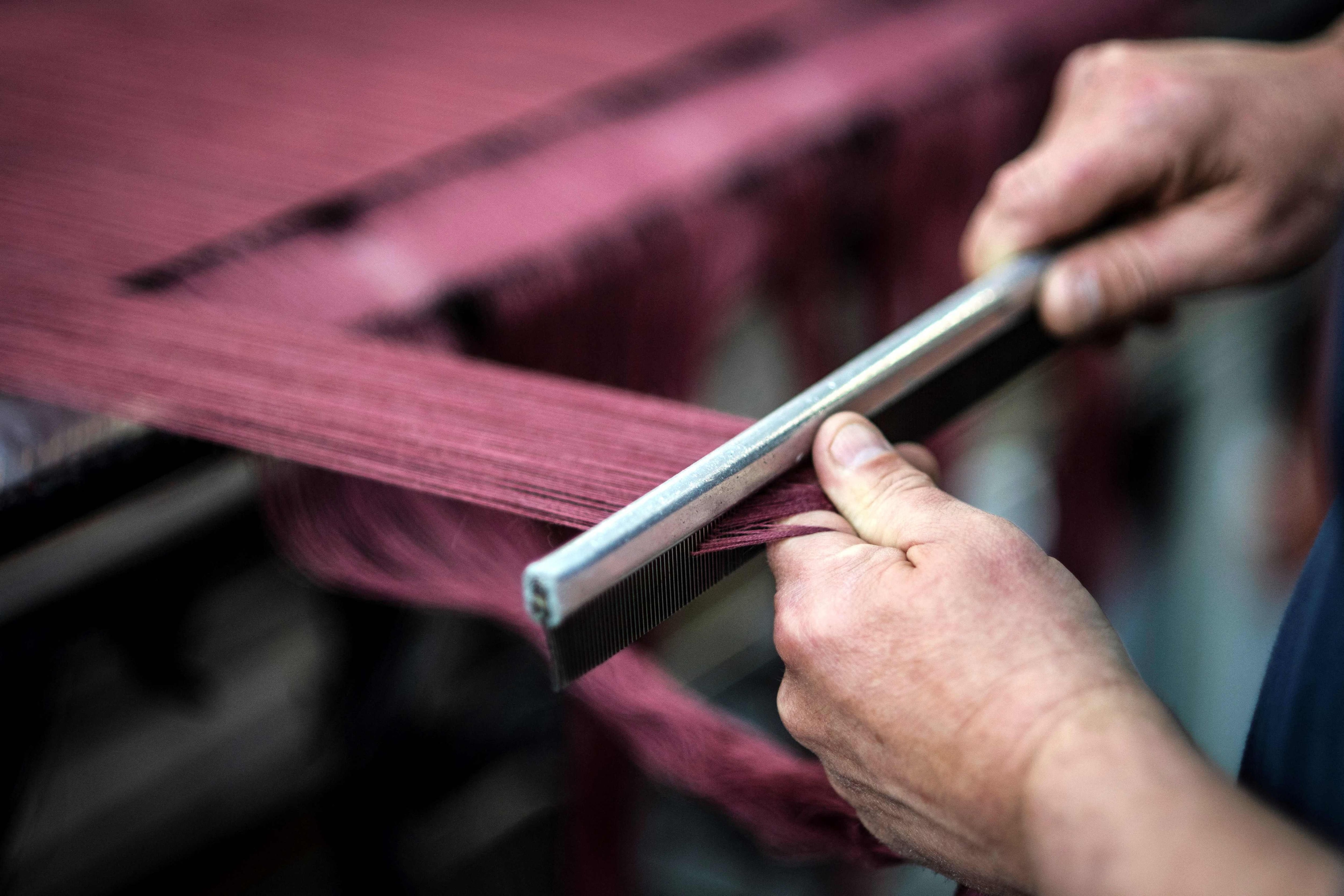The textile industry, which has seen demand slump in fiscal year of 2021 owing to onset of the COVID-19 pandemic, is firmly on course to recover in fiscal 2022 on the back of reopening of businesses, educational institutions, and retail outlets. Sanctions on Chinese textiles have boosted Indian textile exports and government announcements such as the Production Linked Incentive (PLI) scheme setting up mega textile parks, extension of the Rebate of State and Central Taxes and Levies scheme will support the sector. It has resulted into highest ever textiles and apparels exports in FY22 at USD 44.4 bn, a growth of 41% and 26% over corresponding figures in FY21 and FY20 respectively.

Textile Sector: What's in the store?
Owing to a decline in cotton production (~8% YoY) domestic cotton prices have risen ~90% YoY to 272/kg. Correspondingly yarn prices, which were already trading at higher levels, inched up further by ~38% YoY to an alltime high of 385/kg in May-June 2022.
However, the geo-political tensions, rising inflation, supply chain constraints and high commodity prices will be key factors to observe going forward. Within textile space, cotton yarn demand is expected to rebound a sharp 25-30% year-on-year in the current fiscal year, primarily because of recovery in ready-made garment demand. Exports will be on the rise as Indian yarn prices are lower when compared to competing countries. The government is negotiating trade agreements with major textile importers, the UK, and US, which once signed, will improve the export competitiveness of Indian manufacturers. The technical matters of the textile industry have improved a lot in recent years.
The Union Cabinet chaired by the Prime Minister, Shri Narendra Modi has given its approval to introduce the Production-Linked Incentive (PLI) Scheme in Textiles Products for Enhancing India’s Manufacturing Capabilities and Enhancing Exports – Atmanirbhar Bharat.
- A total of 61 applicants have been approved under Production Linked Incentive (PLI) Scheme for Textiles out of 67 applications received.
- Government reduces import duty of cotton to zero.
- The scheme has two parts, Part 1 where minimum investment is INR 300 crore and minimum turnover required to be achieved for incentive is INR 600 crore; and Part-2, where minimum investment is of INR 100 crore and minimum turnover required to be achieved for incentive is INR 200 crore.
A temporary headwind
US is one of the key textile markets for India accounting for 50% of home textile exports and 28% of apparel exports. Hence, reduced purchasing power in key export markets would negatively impact order book of Indian exporters.
The textile sector faces challenges such as
- All-time high cotton prices (up 2 times y-o-y)
- Increasing freight expenses and delay in order delivery owing to port congestion for global retail chains
- Inability/reluctance of US retailers to absorb higher prices owing to recent spike in inflation impacting consumer sentiments,
- Inventory pile up for large global retailers. Indian home textile players witnessed a decline in market share in the US. Also, India’s apparel export data in May 2022 has seen a receding trajectory
Higher cotton prices subdue demand
Owing to a decline in cotton production (~8% YoY) domestic cotton prices have risen ~90% YoY to 272/kg. Correspondingly yarn prices, which were already trading at higher levels, inched up further by ~38% YoY to an alltime high of 385/kg in May-June 2022.
Yarn players those who had recorded one of their best EBITDA margins in FY22 are now under pressure as yarn spreads have shrunk from an all-time high of 110/kg to 40/kg.
This is expected to negatively impact margins for yarn players in H1FY23 as cotton prices are expected to remain elevated owing to supply deficit till start of the next cotton season which begins from October 2022. While domestic demand for yarn remains stable, volume for yarn exports has been impacted.
Majority of RMG exporters were able to pass the increased input cost initially as demand was healthy post lockdown relaxations. However, increased inflation has led to slackening of demand and reluctance from global retailers to accept further price hikes can negatively impact the volume growth of Indian RMG players going ahead.
The pain point
The main reason for significant increase in cotton prices has been lower production estimates by industry bodies like Cotton Corporation of India (CCI) and increased consumption demand. In 2020-21, India total cotton lint fibre output was 353 lakh bales (lb) of 170 kg each. Also, CCI is expecting the consumption of cotton to increase to 345 lb in 202122 compared to 334.87 lb in year 2020-21 (~ 3% higher YoY). Lower cotton availability for the mills has led to spiralling of cotton prices, which have almost doubled over the last one year.
Global retailers suggest multiple headwinds in the near term with respect to the demand and costs. Excess inventory holding by many global retailers is expected to impact near term demand, which could lead to lower order flows to sourcing partners across globe including Indian apparel & textile suppliers. Higher logistics cost and higher unit cost to make it difficult for sourcing partners to pass on the input cost increase thereby negatively impacting their margins.
The textile sector has good long-term potential but being cautious on the sector currently owing to near term headwinds.
Shuchi Nahar is a Certified Research Analyst. She can be found on Twitter at @shuchi_nahar
Disclaimer: The views and recommendations made above are those of individual analysts or broking companies, and not of MintGenie.
Topics to follow
Related Stories
personal finance
9 public sector banks offer the highest interest rates on savings accounts
Deepika Chelani